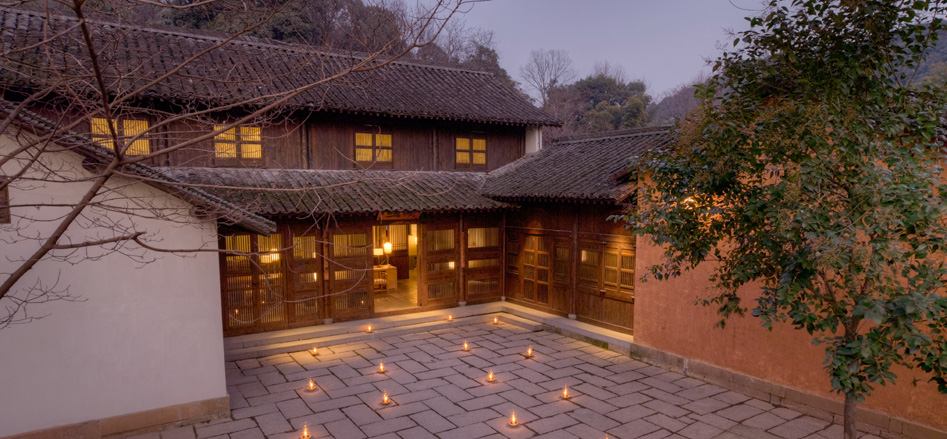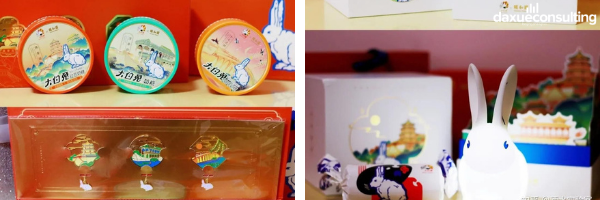Aman Resorts is a luxury hotel group focusing on unique hotels. It operates in 15 countries around the world. Aman Resorts was founded by Adrian Zecha in 1988. In China there are currently two locations, one at the Summer Palace in Beijing (北京) and the other one in Amanfayuan in West Lake in Hangzhou (杭州).
Aman at Summer Palace in Beijing
Just 15 kilometers northwest of Beijing’s city center lies a tranquil retreat adjacent to the East Gate of the iconic Summer Palace. Aman at the Summer Palace is housed in a series of pavilions dating back over a century, and provides guests with unparalleled access to four UNESCO World Heritage Sites including the Summer Palace, the Forbidden City, the Great Wall and the Temple of Heaven. The original complex was used by guests of the Summer Palace awaiting an audience for the Empress Dowager Cixi at the turn of the 20th century. Rooms and suites reflect traditional Chinese architecture and celebrate the courtyard style of the Summer Palace with a dignified ambiance throughout. Although the resort offers every modern comfort, the design embraces Imperial Chinese layouts, materials and fabrics. Our summer palace luxury resort has a variety of dining options, an extensive spa and a wide range of recreational facilities.
Amanfayun in Hangzhou
Amanfayun lies hidden in a valley to the west of West Lake. The 20-minute drive from the center of Hangzhou takes one along densely wooded bamboo and tree-lined avenues, past the botanical gardens and inner waterways of West Lake, to the temples and village of Tianzhu. The resort lies just beyond Tianzhu, below North Peak and adjacent to Lingyin and the Yongfu Temples. The property is comprised of 47 stone courtyard dwellings designed in the spirit of a traditional Chinese village, a few of which are more than 100 years old.
In 2003 The Hangzhou Bureau of Landscape and Cultural Relics began the restoration of the village, and in 2008 Aman Resorts was approached to manage an area zoned for resort development. Amanfayun and its surrounding tea fields occupy an area of 14 hectares. Access to Amanfayun’s Reception House is via a narrow roadway that is bordered by thick forest and groves of bamboo. From there a trail leads to Fayun Pathway, the main walkway running the full extent of the property and connecting guest accommodation (courtyard dwellings) to other facilities. The dwellings in some cases date back more than a century and have been reconstructed using traditional methods. The roofs are made from clay tile, while the walls are constructed of brick, earth and lighter timber structures. Interior floors are stone tiles and stone pathways connect the lodgings. Fayun Pathway extends 600 meters and also provides access to restaurants including the Steam House eatery, the Hangzhou House eatery, the Tea House, the Vegetarian House eatery, Aman Spa and a boutique. Bordering the property to the east is a small stream that runs from south to north. The stream was once the focal point of daily village life where the villagers would gather in the late afternoon to bathe and exchange gossip after a day spent working in the tea fields. Natural flora surrounding the resort is a combination of tea bushes, bamboo and indigenous trees including the fragrant Sweet Osmanthus, Magnolia, Camphor, Chinese Horse Chestnut, Common Fig, Chinese Ash and Waxberry.
Daxue Consulting Market Study in China
Sources:
Picture Source: Amanfayun





